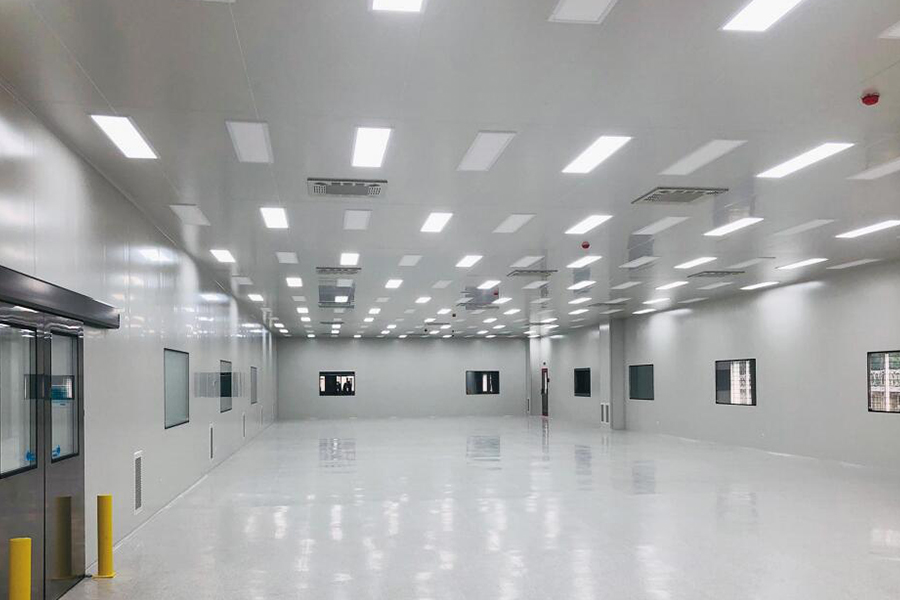

1. A dust-free clean room refers to the removal of part […]
1. A dust-free clean room refers to the removal of particulates, bacteria, and other pollutants in the air within a certain space, and the indoor temperature, cleanliness, indoor pressure, airflow velocity, airflow distribution, noise vibration, and lighting, static electricity. The dust-free clean room is specially designed and built to be controlled within a certain demand range.
Second, is the principle of a clean room. The clean room uses HEPA and air purification equipment, and its dust collection rate is as much as 99.97~99.99995%, so the air filtered by this filter can be said to be very clean. However, in addition to people, there are dust sources such as machines in the cleanroom. Once the generated dust spreads, it is impossible to maintain a clean space. Therefore, the generated dust must be quickly discharged outdoors by air flow.
Third, the three specks of dust in the clean room. There are three principles for a clean room: no dust, dust, and dust. As one of the buffer channels into the clean room, the air shower is one of the best purification equipment for controlling dust, which can minimize the pollution caused by employees entering and leaving the clean room. The two doors of the air shower room are electronically interlocked, which can also function as an air lock room, preventing external pollution and unpurified air from entering the dust-free clean area, so as to achieve the clean production environment required by the production workshop.
Fourth, the main function of the clean room is to control the cleanliness and temperature, and humidity of the atmosphere that products (such as silicon chips, etc.) come into contact with so that products can be produced and manufactured in a good environmental space, which we call this space. It is a dust-free clean room. According to international practice, the dust-free purification level is mainly specified according to the number of particles in the air whose diameter is larger than the classification standard per cubic meter. That is to say, the so-called dust-free is not 100% without a little dust, but controlled in a very small amount of units. Of course, the particles that meet the dust standard in this standard are very small compared to our common dust, but for optical structures, even a little dust will have a very large negative impact, so in the production of optical structure products, dust-free is an inevitable requirement.
5. Controlling the number of fine dust with a particle size of fewer than 0.5 microns to less than 3500 per cubic meter, it has reached the A level of the international dust-free standard. The dust-free standard applied in chip-level production and processing has higher requirements for dust than Grade A, and such a high standard is mainly used in the production of some higher-grade chips. The number of fine dust is strictly controlled by 1000 per cubic meter, which is commonly known as the 1K level in the industry.

Our new models offer superb design;competitive prices and their new features give them distinct advantages over similar products from other manufacturers.